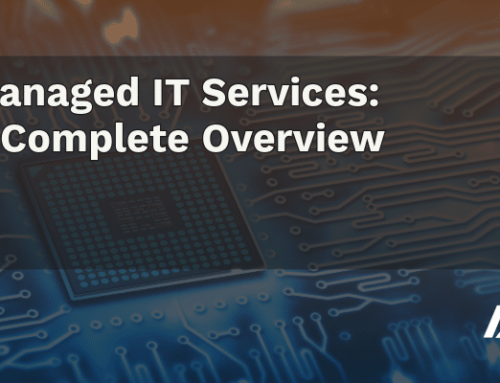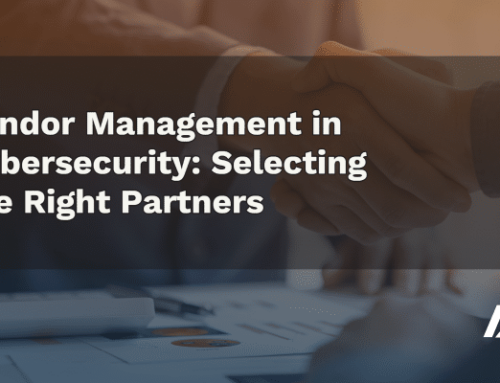Are you struggling with a pieced-together cybsercurity strategy that’s leaving your business vulnerable? If so, it’s time to implement zero trust architecture.
Zero trust is an approach to cybersecurity that removes implicit trust from all digital interactions across your entire IT environment. In other words, organizations that use a zero trust model operate with a “never trust, always verify” mindset.
If that’s zero trust, then what is zero trust architecture? Put simply, zero trust architecture refers to when all aspects of your IT, from your information security to your applications and infrastructure, are designed, built, and used with a zero trust approach. This usually means:
- All communication, whether external or internal, is secured
- All users are authenticated before gaining access to resources
- Activity is monitored and recorded
- Access is only available on a per-session basis
How Does It Work?
There’s no single method for creating a zero trust security model, but in general, it involves controlling access to resources by bringing together different technologies and strategies, such as:
MICRO-SEGMENTATION
Micro-segmentation is one of the first steps of developing a zero trust architecture. Rather than having one perimeter around your whole network, you create different segments and within them, different restricted access zones. Employees with access to one zone would not be able to move to a different zone without being authorized first.
MULTI-FACTOR AUTHENTICATION (MFA)
Because every user attempting to login should be considered hostile, multi-factor authentication is a common component of zero trust architecture. Every user must verify their identity with something they know (like a password) and something they have (like a smartphone).
LEAST PRIVILEGE ACCESS
A common principle in many zero trust architectures is least privilege, meaning users are given access on a strictly as-needed basis. For example, a user responsible for backup-related processes wouldn’t need admin privileges to do their job.
CONTINUOUS MONITORING
Of course, you need to be sure your zero trust technologies and strategies are working effectively. To do that, you should be keeping a constant eye on what’s going on throughout your systems and networks. Businesses that don’t have the internal resources for robust, ongoing monitoring often bring in cybersecurity experts like AccountabilIT who have the tools to look for vulnerabilities—and then resolve them.
Top Benefits of Implementing Zero Trust Architecture
ENHANCED CYBERSECURITY
One of the biggest benefits of zero trust architecture is its ability to shore up your overall cybersecurity posture. A complete zero trust model involves monitoring all activity to look for any malicious intent. This, in turn, gives you end-to-end visibility into your networks and helps you identify and resolve issues before they become real threats.
SIMPLIFIED IT OPERATIONS
From user access controls to continuous monitoring software and security analytics, many of the processes behind zero trust architecture are automated. IT teams can get back to higher-level initiatives rather than manually monitoring and validating access.
A SECURE YOUR REMOTE WORKFORCE
Many businesses nationwide still have a partially or completely remote workforce, which means there’s a much higher chance that personal devices are being used for work purposes. If a threat actor is able to get into your company’s network through a personal device, they’ll have trouble making any lateral movement within a zero trust architecture.
The Challenges
THE SCOPE OF ZERO TRUST ARCHITECTURE
Implementing a zero trust architecture is a huge undertaking that can take years to complete. Many businesses initially focus on securing their networks, but networks are only one part of your IT environment. You’ll need to prioritize the components that require protection most immediately, and then strategically work your way up from there.
THE REMAINING SECURITY RISKS
Companies that use zero trust architecture don’t actually have zero trust. If they did, users would never be able to access company resources and information. A small degree of trust needs to be granted so your employees can do their job, and there’s always some risk that comes with it.
Ready to strengthen your security with zero trust architecture? Let us help you do it quickly and at the right cost according to your needs. Contact us to learn more about how our industry-leading cybersecurity services can protect and power your business.




